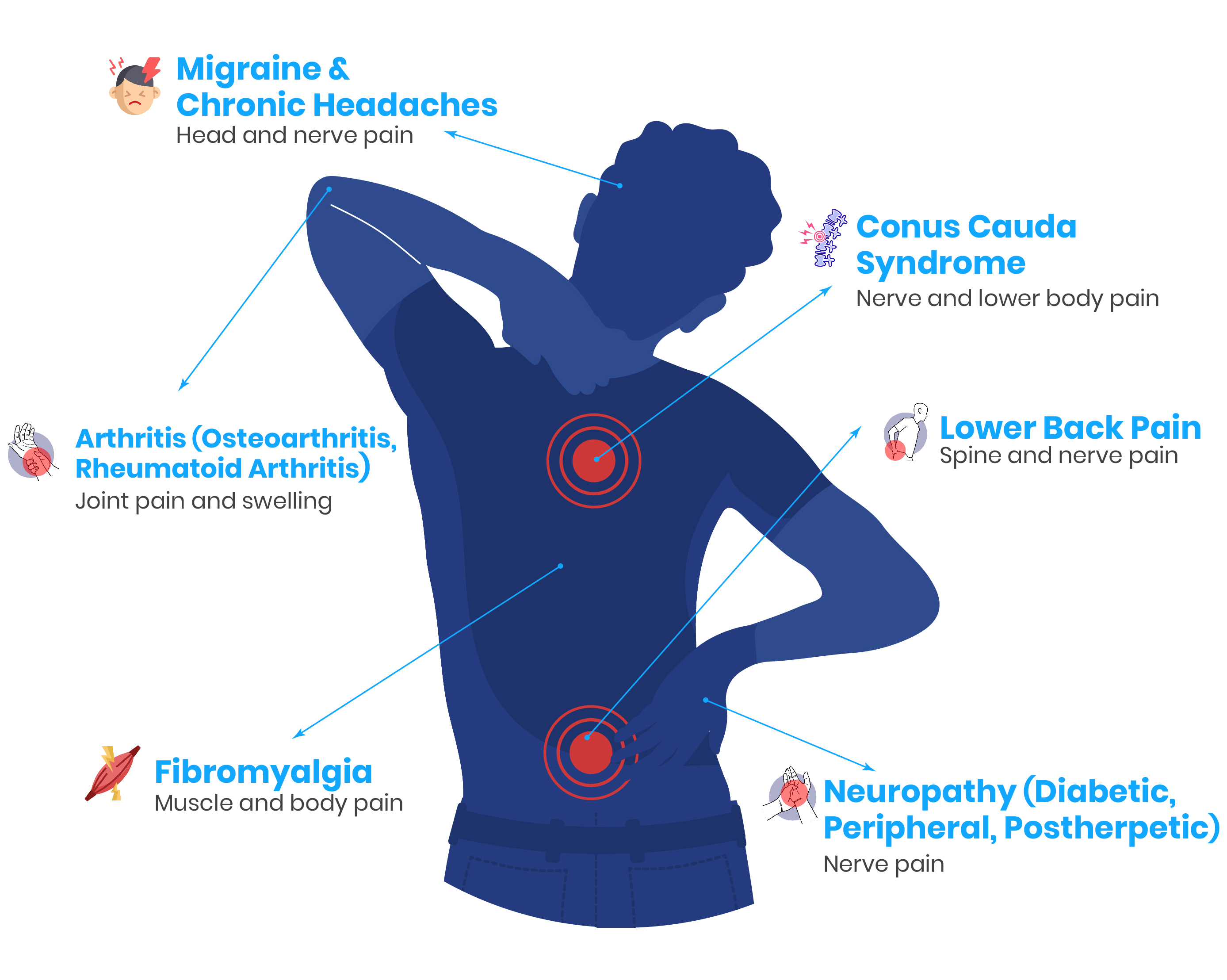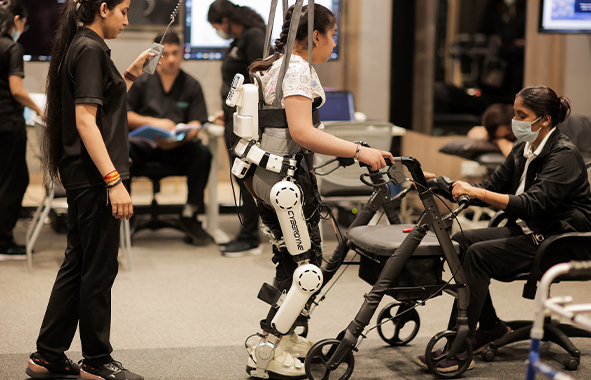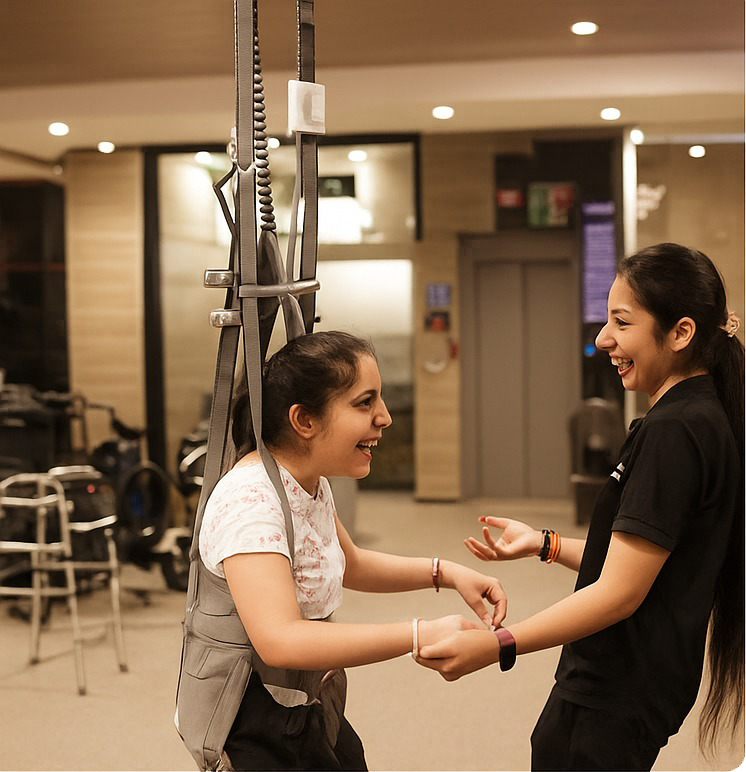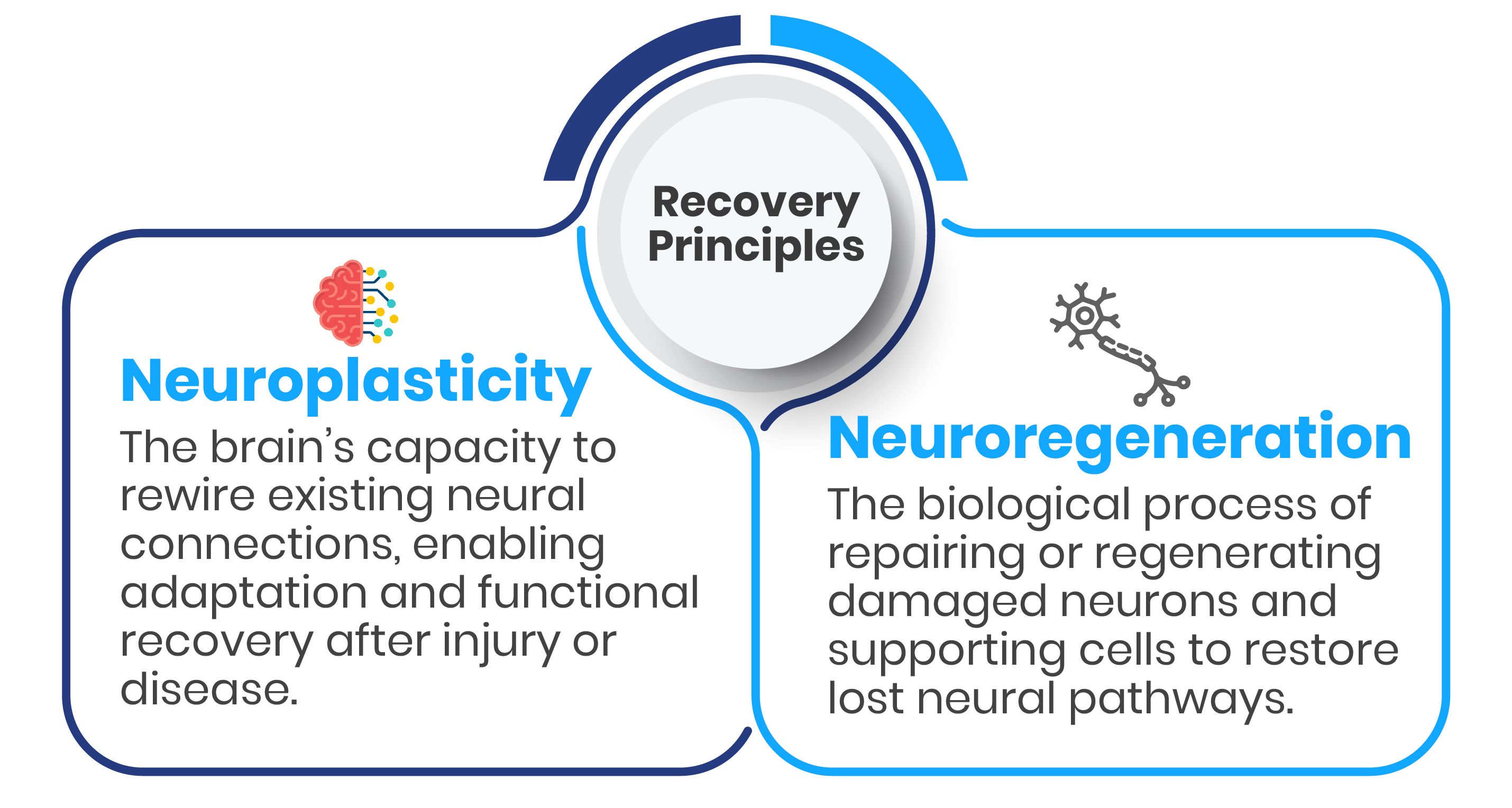Have questions or interested in our premium window solutions? Reach out to us—we're here to help!
Chronic pain can drastically lower quality of life by interfering with daily functioning, mental health, and physical activity. It often ends up in diminished social engagement, sleep issues, and mental anguish.



This stage prioritizes understanding patient discomfort, assessing mobility, and developing a customized neurorehabilitation plan.
Key objectives are to alleviate discomfort, reduce inflammation, and enhance basic mobility, while preventing further complications.
At this therapy stage, the emphasis shifts to strengthening, posture adjustment, and increased mobility.
Patients engage in movement retraining, flexibility, and endurance to restore functional independence and reduce pain in daily activities.
Maintenance, extending months to years based on patient needs, aims to sustain improvements and prevent relapse.
Patients continue guided exercises and techniques to maintain mobility, reduce discomfort, and promote long-term well-being.







Walk Again is growing its reach throughout Southeast Asia, bringing advanced neuro-recovery services to more patients. Also opened in Oman.
Contact UsA: Neurorehabilitation for chronic pain includes advanced rehabilitation technology, manual therapy, TENS, mobility exercises, balance training, cognitive behavioural therapy, mindfulness, and biofeedback.
A: The duration of neurorehabilitation varies depending upon the severity of pain, cause, and overall health of the patient. While some people see long-lasting pain alleviation and function improvement in a matter of weeks, others require months.
A: While full recovery isn’t always guaranteed, significant and lasting pain relief, improved function, and better quality of life are consistently achieved through our programs.
A: Yes, in-clinic therapy is often reinforced with a home exercise regimen. Long-term effectiveness requires regular practice of recommended motions and pain-relieving methods at home.
A: A positive and proactive approach can boost the success of therapy. CBT, mindfulness, and relaxation methods are the parts of psychological therapy that can help reorganize the brain's reaction to pain, improving results.
A: Yes, all therapies are tailored to individual health profiles and administered under expert medical supervision.
A: For individualized therapy and cutting-edge neuro-rehabilitation supporting chronic pain management, choose Walk Again. Our science behind the relief is proven methods address that underlying problem, resulting in sustained relief and increased mobility.